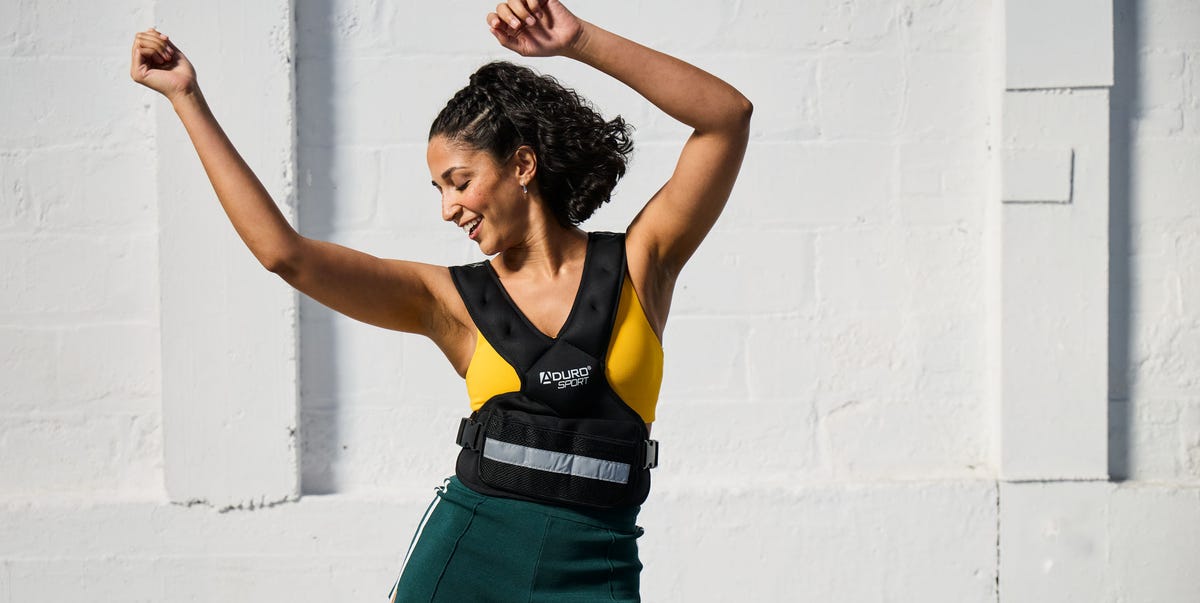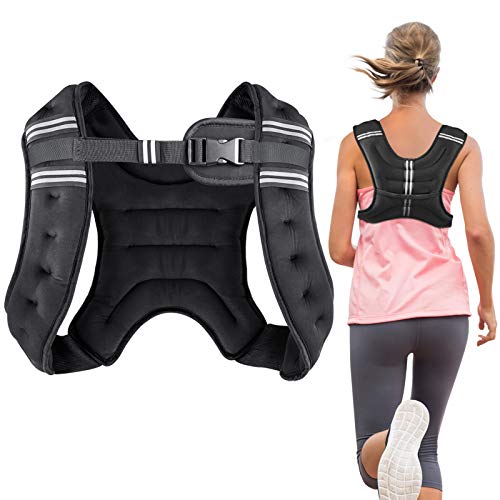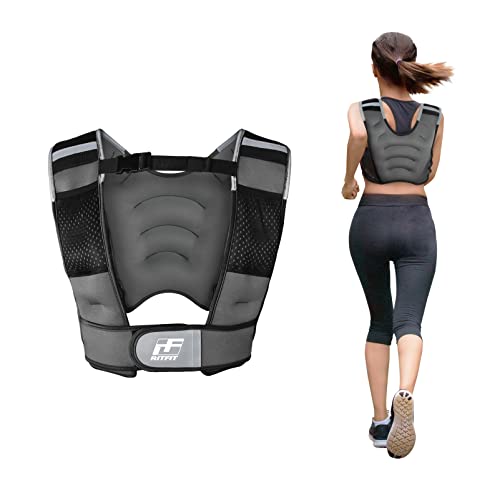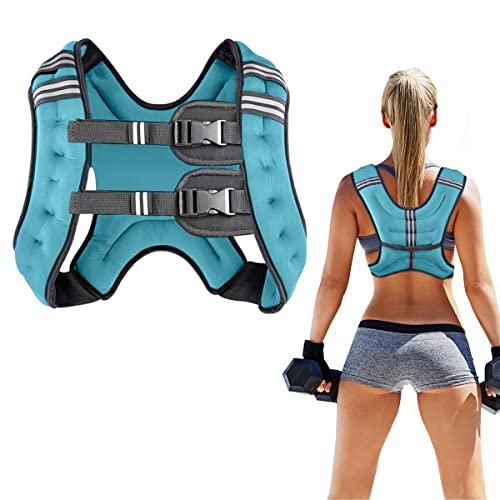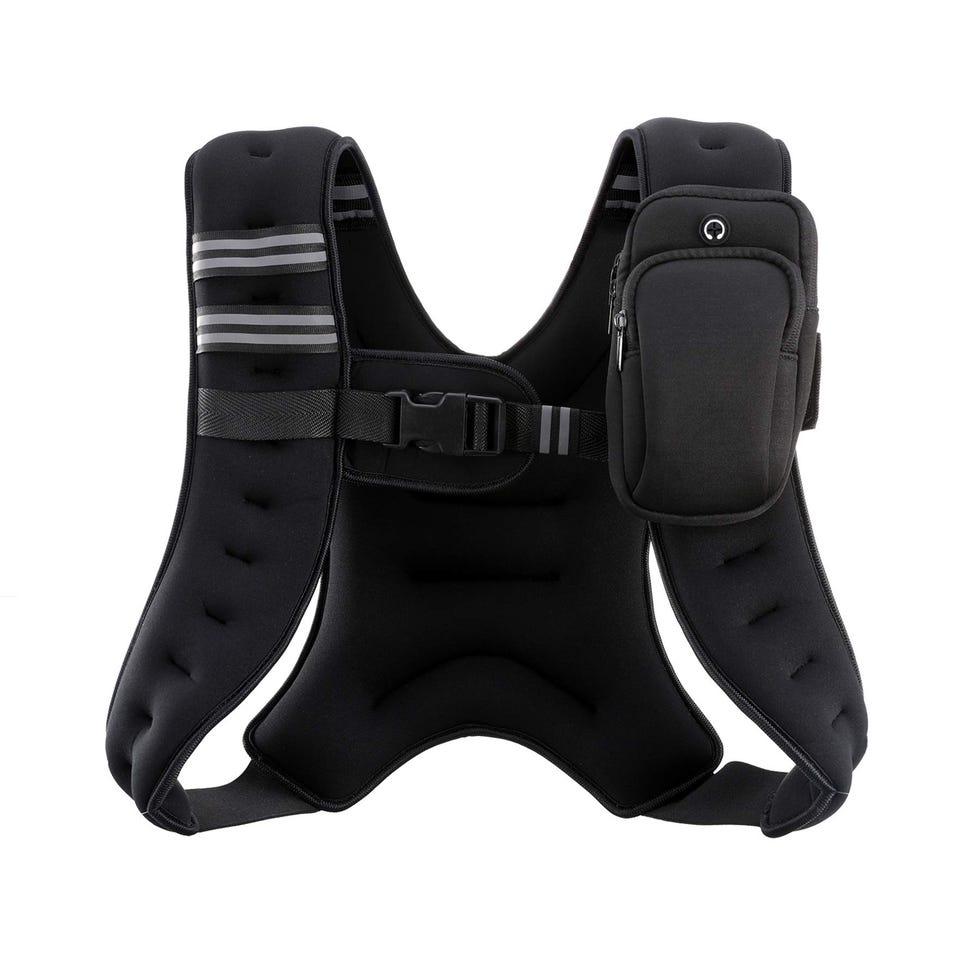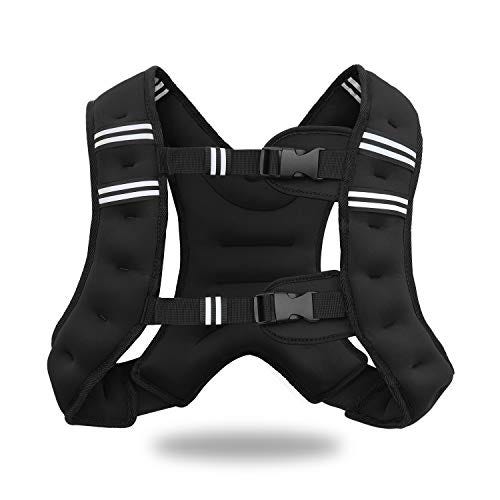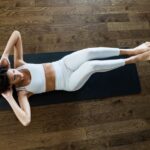Weighted vests might look like something out of a superhero training montage—but before you suit up, there are a few things to know to use one safely.
Yes, they can help boost strength and support bone health (especially if you’re dealing with or hoping to prevent osteoporosis), but they’re not a one-size-fits-all solution. In fact, used incorrectly, they could do more harm than good.
A weighted vest might not be for everyone. If you’re uncertain if it’s safe for you—particularly if you have been diagnosed with bone density issues—consult your healthcare provider before using one. For some women with severe osteoporosis, wearing a weighted vest may be counter-productive, increasing one’s risk of spinal compression fractures or falls rather than lowering it, Rachel Ridgeway, CPT, is a personal trainer and owner of Osteoporosis Trainer, a bone health-focused fitness program, previously told WH.
Meet the experts: Rachel Ridgeway, CPT, is a personal trainer and owner of Osteoporosis Trainer, a bone health-focused fitness program.
If you are cleared by your doctor to move forward with using a weighted vest, here are some factors to keep in mind when picking the right one for you.
1. Start light—and progress gradually.
Start with 5 percent of your bodyweight, and only increase it when this load starts to feel easy, said Ridgeway. “Most people can safely work up to 5 to 10 percent of their body weight over time,” she said. Try adding it to exercises that you’re already comfortable and familiar with before wearing it for an exercise or workout that is new to you.
2. Choose the right exercises.
While walking may not be enough load-bearing exercise on its own to stimulate bones to build back stronger over time, it’s a good activity to help you get used to wearing a vest. Other exercises you can try while using a weighted vest are bodyweight exercises like squats, step-ups, lunges, and even hiking.
But if you ever feel like your form is faltering during an exercise, lose the vest. Or, if you are already using other equipment like dumbbells or a barbell and plates, make sure you are in control of the resistance you’re using and your form is on point before dialing up the challenge with a weighted vest.
3. Focus on progressive overload.
Don’t forget to progress your workout overtime with additional resistance. Whether you are adding more weight to your vest (many are adjustable!) or integrating more challenging exercises to your routine, bone responds to progressive loading, so you should continue upping the challenge of your workout as you get stronger if you want to see continued benefits.
4. Be mindful of form and move with control.
Any time you add weight to an exercise, maintaining good form becomes even more critical. Always be mindful you are keeping good posture and have form in-check before adding weight to any exercise, said Ridgeway. Core and upper-back strength is important to help you support the added forces of a weighted vest and not let it alter your posture, causing you to slump or slouch your shoulders and upper body. If you notice your posture is slipping when wearing a weighted vest, it might be too heavy for you.
5. Avoid certain positions.
Stay away from forward- or backward-bending or twisting movements while wearing a weighted vest, as these can increase your fracture risk, particularly in the spine, Ridgeway said. Also, be mindful of your posture when using one for extended periods of time. An exercise might feel easy when you first put on a vest, but that same exercise may feel really difficult after 30 minutes under the added weight of a vest—listen to your body and adjust accordingly.
6. Stop if you feel pain.
Wearing a weighted vest should not cause any pain, ever, said Ridgeway. If you experience any pain or discomfort, stop using it immediately.
Another trainer tip: Take off the weighted vest for any exercises that require lying on your back (supine position) or lying on your stomach (prone position). Weighted vests work best for exercises that do not position them in direct contact with the floor.
The Best Weighted Vests For Women
Rachel Tavel is a doctor of physical therapy, strength and conditioning specialist certified by the National Strength and Conditioning Association, and writer. Her writing has been published in Forbes, Fortune, Men’s Health, Women’s Health, Runner’s World, SELF, Bicycling Magazine, The Huffington Post, and more. She co-authored the book “Stretch Yourself Healthy Guide: Easy Routines to Relieve Pain, Boost Energy, and Feel Refreshed” (Prevention, 2020) and is a Forbes Health Advisory Board Member. Prior to becoming a physical therapist, Rachel was a travel writer living and traveling throughout South America. Connect: , , Email: .
Read the full article here


